In 2019, Australia’s peak supercomputing organisation, the National Computational Infrastructure, redeveloped its website in anticipation of significant public and government attention. This presentation will provide a case study for how careful decision-making, attention to context and audience, and communication instincts helped produce a refreshed and functional website suited to a high-profile digital science infrastructure facility.
What will participants gain from attending your presentation?
This presentation aims to give a concrete insight into the process of developing, designing and managing a website redevelopment for a scientific organisation.
Presenter
Adam Huttner-Koros, Communications Officer, National Computational Infrastructure
When: In session Wednesday 19th February, 1:50pm-2:35pm
Where: Room G02, Learning and Teaching Building, 19 Ancora Imparo Way, Clayton
Hashtag: TBC

